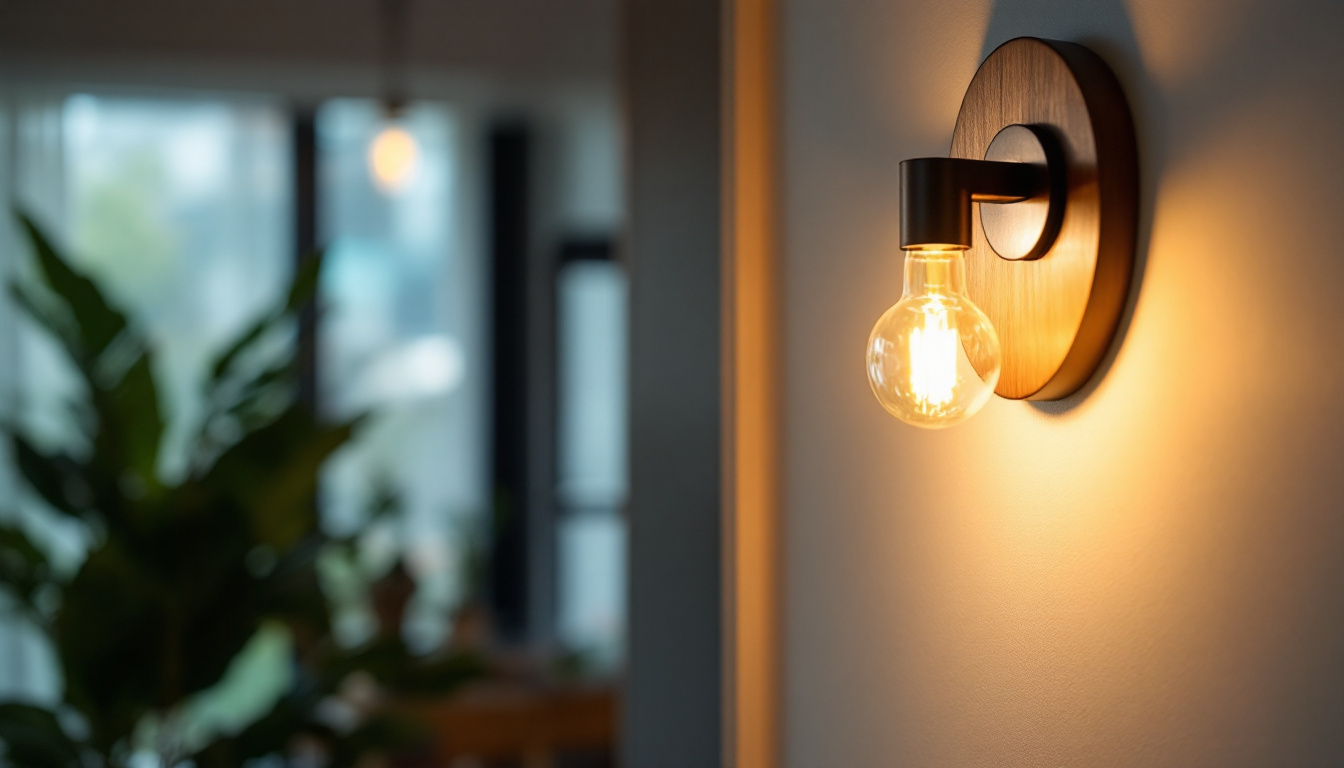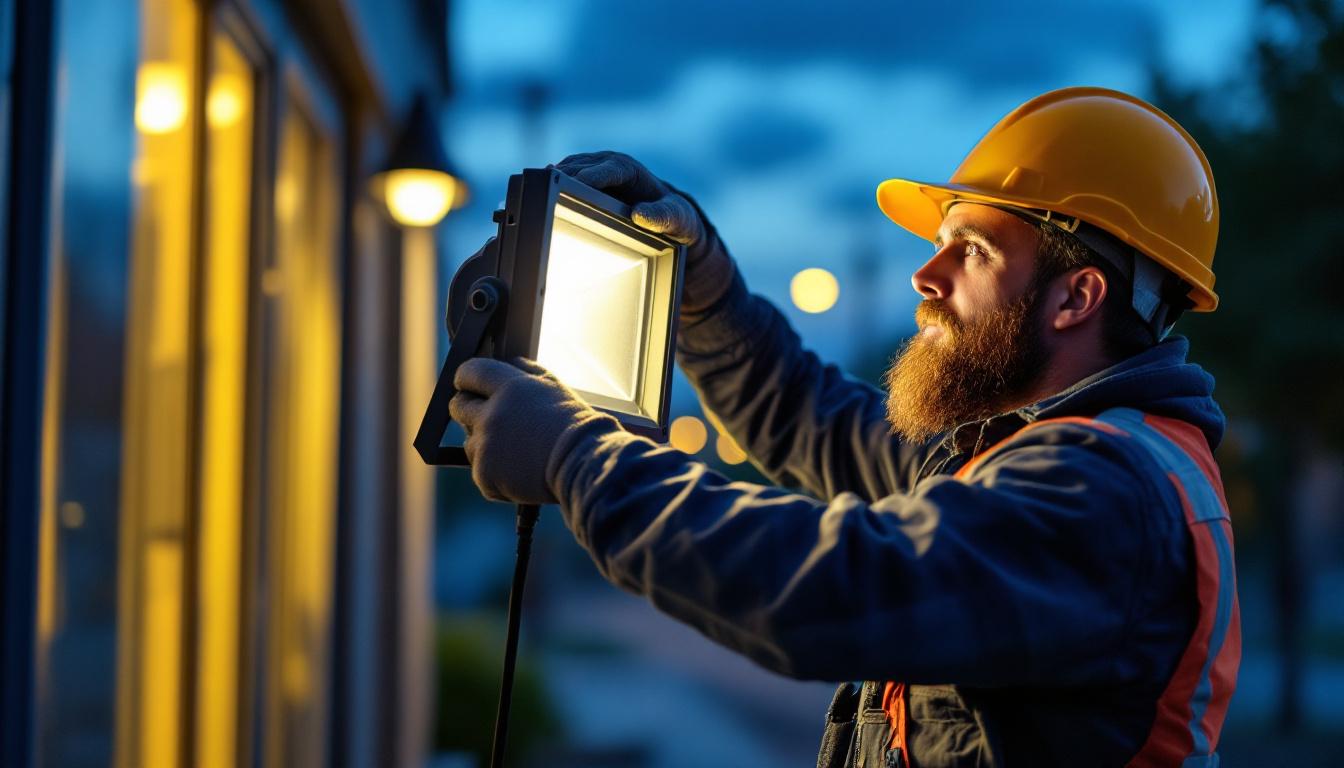
The evolution of lighting technology has significantly transformed the way we illuminate our spaces. From the flickering flames of oil lamps to the brilliance of modern electric lighting, each advancement has brought with it enhanced safety and efficiency. For lighting contractors, understanding these developments and implementing best practices is crucial for ensuring the safety and satisfaction of their clients. This article explores the invention that improved safety over oil lamps and outlines best practices for lighting contractors.
Oil lamps, while revolutionary in their time, posed numerous safety hazards. The risk of fire, the need for constant refueling, and the production of harmful fumes made them less than ideal for both residential and commercial use. The introduction of electric lighting marked a significant turning point in safety standards.
Oil lamps rely on combustible materials, which can easily ignite and cause fires. The open flame not only creates a risk of burns but also emits smoke and toxic gases, contributing to poor indoor air quality. These hazards necessitated the search for safer alternatives, ultimately leading to the development of electric lighting systems. Furthermore, the maintenance of oil lamps required a certain level of expertise; users had to be knowledgeable about wick trimming and oil types to ensure optimal performance. This added complexity made oil lamps less accessible to the average person, particularly in rural areas where resources and knowledge might have been limited.
The invention of the electric light bulb revolutionized the way spaces were illuminated. Unlike oil lamps, electric lighting eliminated the open flame, significantly reducing the risk of fire. Additionally, electric lights are more energy-efficient and can be designed to provide brighter, more consistent illumination. The transition to electric lighting also paved the way for innovations in design and technology, allowing for the creation of various lighting fixtures that could enhance the aesthetic appeal of homes and public spaces. From chandeliers to wall sconces, electric lighting offered versatility that oil lamps could not match. Moreover, the ability to control brightness through dimmers and the introduction of colored bulbs further expanded the possibilities for ambiance and mood in any setting.
As the industry continues to evolve, lighting contractors must stay informed about the latest technologies and safety standards. Implementing best practices not only enhances safety but also improves the overall quality of lighting installations. By embracing innovation and focusing on education, contractors can ensure that their work not only meets but exceeds client expectations.
When designing lighting systems, safety should always be the top priority. This includes selecting the right fixtures, ensuring proper wiring, and adhering to local electrical codes. Contractors should conduct thorough risk assessments to identify potential hazards and mitigate them effectively. In addition, it’s essential to consider the environment where the lighting will be installed; for instance, outdoor installations may require weatherproof fixtures and specialized wiring to withstand the elements.
Proper installation techniques are crucial. All electrical connections should be secure, and fixtures must be mounted correctly to prevent accidents. Using high-quality materials can also reduce the risk of electrical failures, which can lead to fires or injuries. Furthermore, contractors should implement a checklist system during installation to ensure that every safety measure has been addressed, from circuit testing to final inspections. This not only promotes accountability but also enhances the overall reliability of the lighting system.
Lighting contractors play a vital role in educating clients about safe lighting practices. This includes informing them about the importance of using the correct wattage for bulbs, avoiding overloading circuits, and regularly inspecting fixtures for damage. By providing clients with this knowledge, contractors can help them make informed decisions that enhance both safety and efficiency in their lighting systems.
Encouraging clients to switch to LED lighting can also enhance safety. LEDs produce less heat than traditional bulbs, reducing the risk of burns and fire hazards. Additionally, they have a longer lifespan, which means fewer replacements and less waste. Contractors should also discuss the benefits of smart lighting solutions, which can include features like motion sensors and timers that not only improve safety by ensuring lights are only on when needed but also contribute to energy savings. By integrating these technologies, clients can enjoy a safer and more efficient lighting experience.
The lighting industry is constantly evolving, with new technologies and regulations emerging regularly. Contractors must stay informed about the latest advancements in lighting technology, such as smart lighting systems that improve energy efficiency and safety. Attending industry conferences, participating in workshops, and subscribing to relevant publications can provide valuable insights into emerging trends and best practices.
Moreover, understanding and adhering to local and national electrical codes is essential. These regulations are designed to protect both contractors and clients, ensuring that installations are safe and compliant. Regularly reviewing updates to these codes and participating in continuing education courses can help contractors maintain their expertise. Additionally, networking with other professionals in the field can foster a collaborative environment where contractors can share knowledge and experiences, ultimately leading to improved practices and safer installations for all.
As technology advances, innovative lighting solutions continue to enhance safety in various environments. From residential homes to commercial spaces, these technologies are designed with safety in mind.
Smart lighting systems offer numerous safety benefits. These systems can be programmed to turn on and off automatically, reducing the risk of leaving lights on when they are not needed. Additionally, many smart lighting solutions can be controlled remotely, allowing homeowners to monitor their lighting even when they are away.
Some smart systems also include motion sensors, which can enhance security by illuminating areas when movement is detected. This feature is particularly useful for outdoor lighting, helping to deter intruders and prevent accidents in poorly lit areas. Furthermore, advanced smart lighting can be integrated with home security systems, providing alerts to homeowners when unusual activity is detected, thereby adding an extra layer of protection.
Moreover, these systems can be programmed to simulate occupancy by adjusting lighting patterns, which can further discourage potential break-ins. By creating the illusion that someone is home, smart lighting not only enhances safety but also contributes to peace of mind for residents.
Emergency and exit lighting are critical components of safety in any building. These systems ensure that occupants can safely evacuate during emergencies, such as fires or power outages. Lighting contractors should prioritize the installation of reliable emergency lighting systems that comply with safety regulations.
Regular maintenance and testing of these systems are essential to ensure they function correctly when needed. Contractors should establish a routine inspection schedule to verify that all emergency lights and exit signs are operational and clearly visible. In addition to routine checks, it is vital to educate building occupants about the locations of emergency exits and the importance of these lighting systems, as familiarity can significantly reduce panic during an emergency.
Furthermore, advancements in LED technology have led to more efficient emergency lighting solutions that consume less energy while providing brighter illumination. This not only reduces operational costs but also ensures that emergency lights remain functional for extended periods during power outages. Some modern emergency lighting systems even incorporate battery backup solutions that automatically activate during a power failure, ensuring continuous safety for all building occupants.
In addition to safety, lighting contractors must consider the environmental impact of their installations. Sustainable lighting practices not only benefit the planet but can also enhance safety and efficiency.
energy-efficient lighting solutions, such as LED bulbs, consume less energy and have a longer lifespan compared to traditional incandescent bulbs. By promoting these options, contractors can help clients reduce their energy bills while also minimizing their carbon footprint.
Furthermore, energy-efficient lighting produces less heat, which can lower cooling costs and reduce the risk of overheating in enclosed spaces. This is particularly important in areas where high temperatures can lead to fire hazards.
Incorporating natural light into lighting designs can significantly enhance safety and well-being. Natural light not only reduces the need for artificial lighting but also improves mood and productivity. Contractors should consider strategies such as skylights, larger windows, and reflective surfaces to maximize natural light in their designs.
However, it is essential to balance natural light with artificial lighting to ensure safety during low-light conditions. Contractors should design lighting systems that adapt to varying levels of natural light, providing adequate illumination at all times.
The transition from oil lamps to electric lighting has dramatically improved safety standards in the lighting industry. For lighting contractors, understanding the implications of this evolution and implementing best practices is essential for ensuring client safety and satisfaction. By prioritizing safety in design and installation, educating clients, staying updated with technology, and considering environmental impacts, contractors can enhance their services and contribute to a safer, more sustainable future.
As the industry continues to evolve, staying informed and adaptable will be key to success. Embracing innovative technologies and sustainable practices will not only improve safety but also position contractors as leaders in the field. The journey from oil lamps to modern lighting solutions is a testament to human ingenuity and the ongoing commitment to safety and excellence in the lighting industry.
As you embrace the advancements from oil lamps to modern lighting solutions, LumenWholesale is here to support your journey. We provide lighting contractors with top-quality, spec-grade lighting products at unbeatable wholesale prices, ensuring that every project shines with safety, efficiency, and style. Our commitment to cutting out the middleman means you get superior lighting products without inflated markups, and our free shipping on bulk orders adds to your savings. Elevate your lighting installations with the perfect blend of quality, affordability, and convenience. Discover the best value in wholesale lighting by visiting LumenWholesale today.

Discover the pivotal role of LED sconce lights in modern lighting design.

Discover how LED light flats revolutionize safety in lighting installations.

Discover the insider secrets lighting contractors use to master LED long lights.

Discover the insider tips and expert strategies lighting contractors use to master commercial flood light installations.